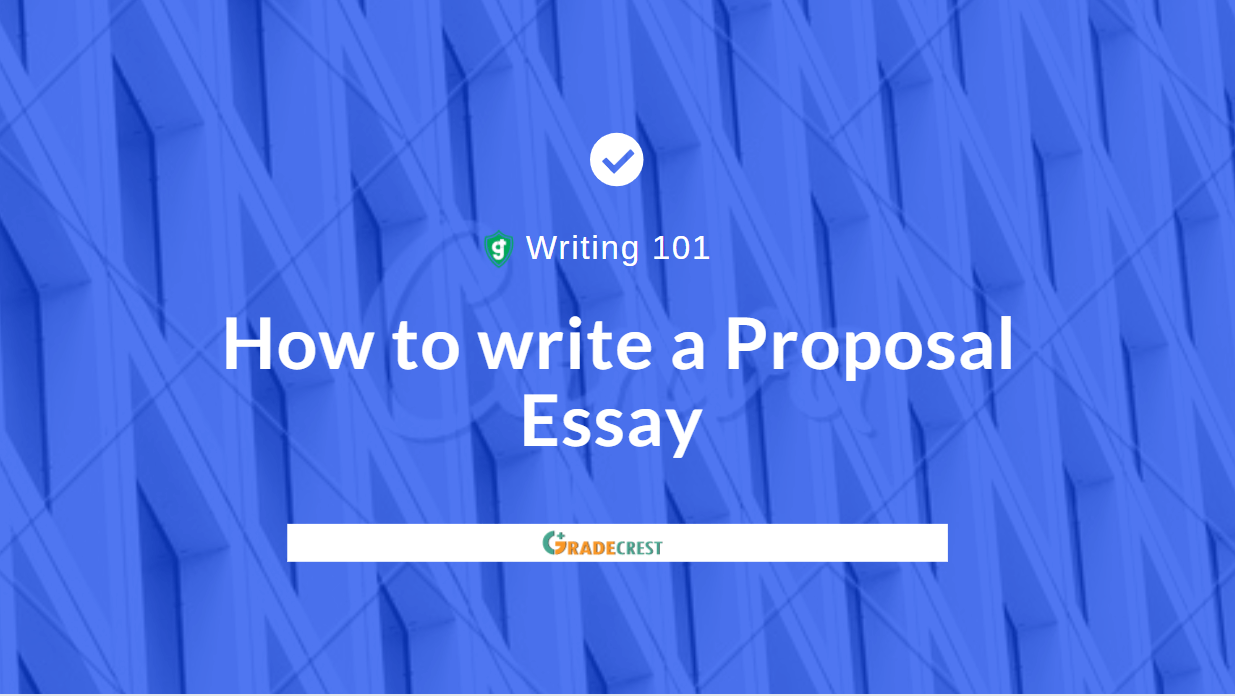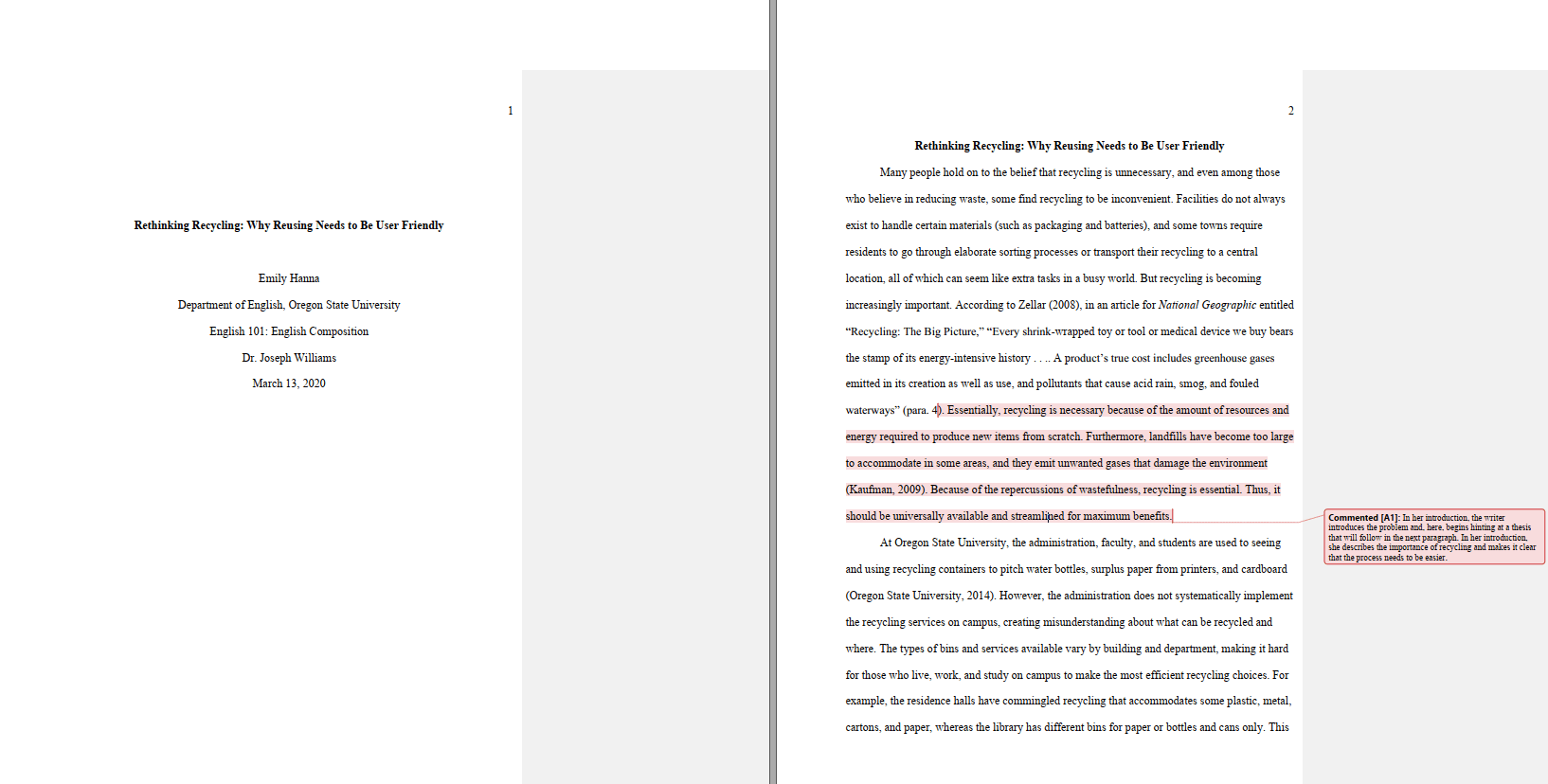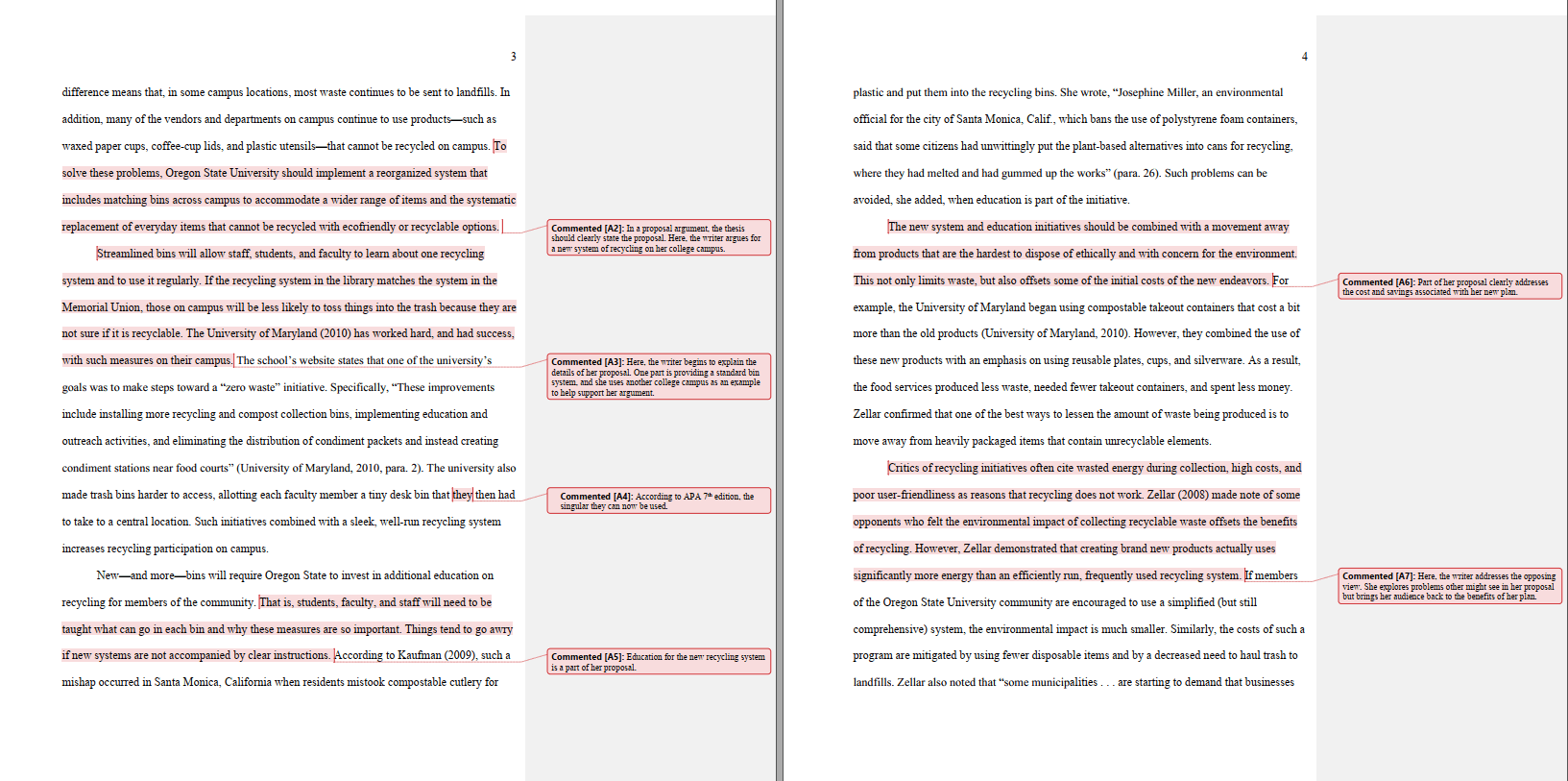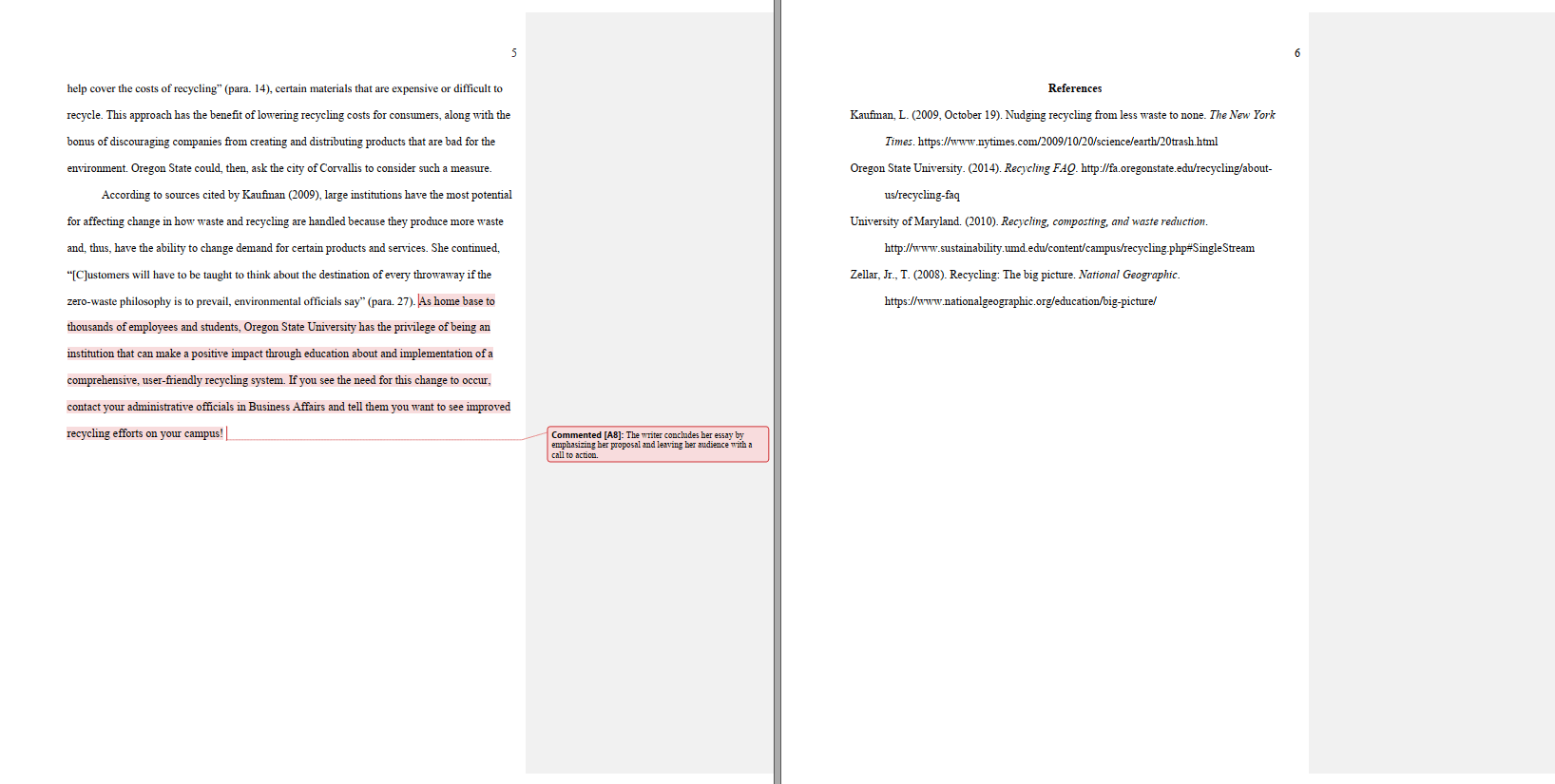
It is common for students to be assigned to a proposal essay assignment. Although many can write it based on the essay prompt, 4 out of 10 students find it hard to complete a proposal argument essay. Out of the ten requests we receive requiring our experts to help write proposal essays, four students appear to be confused between a proposal essay and a research proposal.
Not anymore because in this article, our senior research proposal writers put together their wits and insights to help you understand how to write a high-quality and effective proposal essay. We also provide a succinct sample and outline to help you do so quickly. This is a cheat sheet to scoring the best grades because we have tips and tricks that will make you ace your proposal essay.
As the name suggests, a proposal essay or paper is a type of academic paper that proposes an idea by providing evidence intended to convince the reader why an idea is good or bad.
It is sometimes referred to as a proposal argument essay, written if there is a problem to fix or a change to be made.
For instance, instead of just arguing that cigarette smoking affects health, it would be prudent to make a good argument on why there is a need to reduce the number of teenagers who are becoming cigarette addicts.
Even though proposals are written in business, economics, and management fields, they are also written by students, scientists, and other professional domains.
A proposal essay:
The pre-writing stage is the most critical part as it defines how smooth the entire writing process would be. Before typing or penning down the first sentence or even sitting down to write your proposal, there are certain mandatory rituals that you need to observe.
Primarily referred to as the proposal essay planning stage, here are the five steps to take:
A proposal essay or proposal argument aims to convince your audience that an idea is feasible, relevant, and practical. It might also persuade the readers that an idea is not worth pursuing.
As such, you need to have a deep understanding of your target audience. Are they business people or academics? What is their level of knowledge of the issue? What do you want to inform them about and why? Will they buy your suggestion? What is the best approach?
Understanding and profiling your audience helps you set the scope and tone of the proposal essay. For instance, when writing for the management and business people, proposing an idea with financial benefits could win their trust and time. On the other hand, when writing for healthcare workers, presenting strategies to improve patient quality, healthcare workers� wellbeing, and access to care could be relevant.
When you understand the people, who will read your proposal, you can quickly structure it better to draw their attention right from the start.
You need to consider what you need the audience to understand from your proposal. As well, you have to provide them with some facts that will help in decision-making. It also helps to choose a preferred style that will impress the readers.
It is about knowing what you are writing for to make them acknowledge the gist of the proposal. In the academic contexts, the audience is a professor, teaching assistant, associate professor, or instructor/lecturer. In this case, stick to the proposal essay prompt.
With the audience in mind, you need to show that you understand the problem. One way of doing so is to highlight or state your situation so that your audience know the idea in the proposal.
This stage helps you win the trust of the readers. It also enables you to create an impression that you are knowledgeable about the issues at hand. Support your arguments with facts, references, and credible views to establish your identity/ethos.
Where necessary, ensure that you clarify and offer enough proof. Make sure to state the problem and why you feel it needs to be solved. It is the same aspect that appears in the introduction of a problem-solution essay.
When writing your problem statement section, ask yourself:
In sum, you need to prove that you have thoroughly researched and assessed the issue. Your problem statement must display your knowledge about the topic.
After outlining the problem, you now need to research how to solve it. Use secondary and primary sources to support your claims/proposal. As you persuade your readers, ensure that you report on what has worked and what has failed.
As you do so, ensure that your proposed solution is well-backed with evidence from credible and relevant scholarly literature.
As a rule of thumb, stick to research articles written five years ago unless otherwise instructed by the professor/instructor to use older sources.
With the problem statement and the sources backing your proposal in place, it is now time to explain your answer.
You now have the problem, and you should strive to solve it. Before writing the proposal essay outline, ensure that you have read the request for proposal (RFP) prompt or template.
An outline helps you structure your proposal, find means of convincing difficult readers and coherently lay the sections. It also helps brainstorm excellent ideas and approaches then organizing them into a comprehensive and structured proposal format. We will present a sample outline later in this article.
After having the skeleton of your proposal, it is now time to write your first draft by filling in the various parts. Once you are done, revise the draft as much as possible or enlist for proofreading and editing before turning in the final draft.
We have summarized the main parts of a proposal essay in this section. Note that the sections might differ depending on the preferred elements by your university or college. In this regard, some parts might be added or omitted. When writing, you can alter the body of your proposal to meet your needs.
This is for you if you are wondering how to title your proposal essay. Like the dissertation, theses, or research papers, the proposal essay has a title page that includes:
Depending on your college or university, or department, the title page could differ. There are also institutions with pre-written/designed title pages sent alongside the instructions. The bottom line is that you need to read the assignment prompt or the RFP file carefully.
Your introduction is the entry point to your essay. Like any other essay introduction, the proposal essay introduction gives a brief background of the proposal. It introduces the subject to your audience (s).
As it is the most crucial section, it needs to be well written. You can begin it using a hook, mostly facts, statistics, or statements. It should also have a topic sentence that introduces the readers to a topic. Ensure that it has a relevant topic that entices the audience on why they should care about the particular topic.
The introduction then has a thesis statement that contains the proposal you are making for solving a problem. In a proposal essay, the thesis should clearly state the proposition. An example of a good thesis statement when writing a proposal essay on teenage pregnancy could sound like:
Although teenage pregnancy is considered a taboo topic, educating parents on how to take care of the teenage girls with pregnancy could reduce the high mortality rate of teen mothers.
If you were to write a proposal essay on childhood obesity, a good thesis statement could read:
Childhood obesity is a menace affecting society, creating public health pressure and needs to be solved through proper school-based health promotion activities that involve the parents.
Another example of a good thesis statement for a proposal essay on depression is:
Depression has claimed the lives of many people and needs to be addressed through multi-professional collaboration among teachers, healthcare workers, media core, governments, and employers.
Again, your thesis statement should highlight the problem and the solutions that you are proposing. It narrows down to knowing your audience so that your introduction emphasizes the benefits of the proposal to this specific audience.
Even though you have already stated the problem in your introduction paragraph, you need to expound on the problem. Explain why there is a need to solve the issue. Here, your aim is to invite the readers to understand the core of your proposal. State the aims of your proposal and declare the importance of the topic in this section.
The section helps you to assert the issue. The section defines and expounds on the specific issue, the sources, and the consequences.
You also need to highlight why the issue needs to be solved and how solving it impacts the reader. Instead of using moral principles or universal pleas to feelings, think of what is important to your reader.
After broadly defining your problem in the first paragraph of the body of your proposal essay, you now need to state the purpose of the essay. The section is exclusively meant to discuss the proposal that you are making.
Take your time to explore the advantages and disadvantages of your proposed solutions, change, or ideas. It can be a few sentences long if it is a shorter proposal or a few paragraphs if it is a long proposal.
After highlighting the proposed solutions, changes, or ideas, it is now time to write the plan of action. Here your focus is on the implementation of the ideas or solutions.
You need to show the audience that the solutions or changes are practical, feasible, relevant, and desirable.
When writing this section, you need to convince the readers that your proposal is a good idea over other available option. Furthermore, you must provide a detailed explanation about the implementation of the solutions or changes. Ensure that you anticipate the potential barriers or challenges during the implementation phase because every proposal must highlight the challenges and how to overcome them.
As you do so, also look at the viability, relevance, practicality, and desirability of your proposal. Will it work? What has prevented past solutions from working? What is different about your proposal?
As the name suggests, this is the section of the essay that you anticipate the outcomes of your proposal. It is your chance to make everything you have been writing about clear.
When writing the evaluation phase, you need to consider the cost and resource implications of your proposed idea or change. Is the idea feasible compared to what is there currently? As well, you need to include the contrary opinions of the dissenting voices over the proposed solutions. Assure the audience that despite the challenges, the proposed solution will work.
Explain the resources such as skills, finances, time, and equipment that are required to implement your change, solutions, or ideas.
Your conclusion needs to emphasize your proposal and leave your audience with a call to action. State your proposal, call to action, and why the audience must consider your suggestions.
Never include new information in your conclusion, as that would extend the word count as you try to expound on the new topic and further confuse your already settled/convinced audience.
Any academic paper, white paper, or professional paper must have citations. We use citations to avoid plagiarism by mentioning those we read their work while writing our own. Depending on your chosen format: APA, MLA, Harvard, or Chicago format, the title can be references, bibliography, or works cited. Works cited is exclusively for MLA, while references can be used for both APA and Harvard. In Chicago format, you will title the consulted resources as Bibliography. In Harvard format, you can use either references or a reference list. Remember, a bibliography includes all the relevant sources you read, even those not cited in the paper.
Below is a proposal argumentative essay on climate change, focusing on recycling courtesy of Excelsior Online Writing Lab.
Note that the sections are not titled. However, the paragraphs have been organized around our suggested parts.



Here is a video that explains the structure of a proposal argument
Final Words
Now that you have learned how to write a proposal essay, you can conquer this type of assignment without a doubt. However, if you are stuck, you can hire an essay writer to write one for you.
Related Reading: Good persuasive speech topics.
We are known as the best website for writing essays for any level. Our professional writers are experts and masters in writing any type of essay. So, if you just hate writing essays, we can take over the process from you. We can edit and proofread your essay, polish your essay, and write you an essay outline.
Now that you have read this, visit our blog for more college essay ideas. Be kind and share with friends as well.
Here are some commonly asked questions about the process of writing a quality proposal essay or proposal argument. You can send your questions, and we will answer them to enlighten our readers.
Here are the main parts of a proposal essay:
A good proposal essay proposes an idea and offers evidence or arguments to convince the readers about the goodness or badness of the idea. A good one:
Here are the steps that are taken to write one:
No. while a proposal essay leaves the audience with a call to action, a research proposal paper highlights the strategies and steps a researcher will take to conduct research, just like a thesis and dissertation proposal. A proposal essay tackles an issue by suggesting change, ideas, or solutions based on the available information from scholarly literature.
It ends with the audience making the decision. On the other hand, a research proposal ends with the researcher conducting a study followed by writing a final research paper, term paper, dissertation, or thesis that details recommendations, suggestions, and conclusions.
Suppose you need a good proposal essay topic; you need to think of areas such as healthcare, homelessness, world hunger, poverty, abortion, climate change, vaping, human and organ trafficking, and mental health.
You can also brainstorm topics relating to gun violence, gun control, election fraud, drink driving, teenage pregnancy, police brutality, pollution, COVID-19, cyberbullying, and cigarette smoking. The bottom line is to choose an exciting topic with credible scholarly articles and details.
Unless otherwise stated on your essay prompt, including the reference as per the sample above is enough.
No, unlike the research proposal, a proposal argument or proposal essay does not require research questions since no research is being conducted. The purpose of such essays is to propose a solution, more like the problem solution essay.